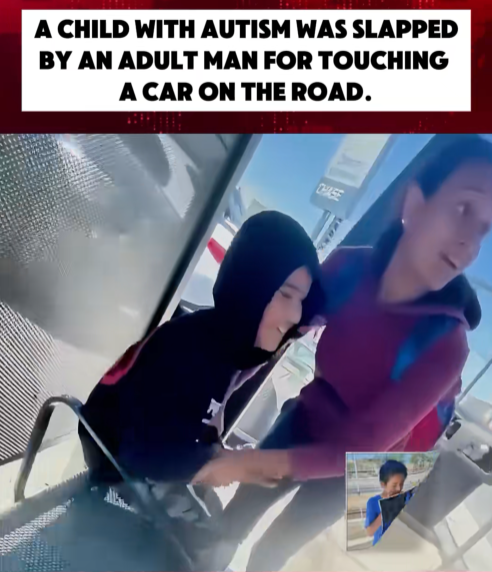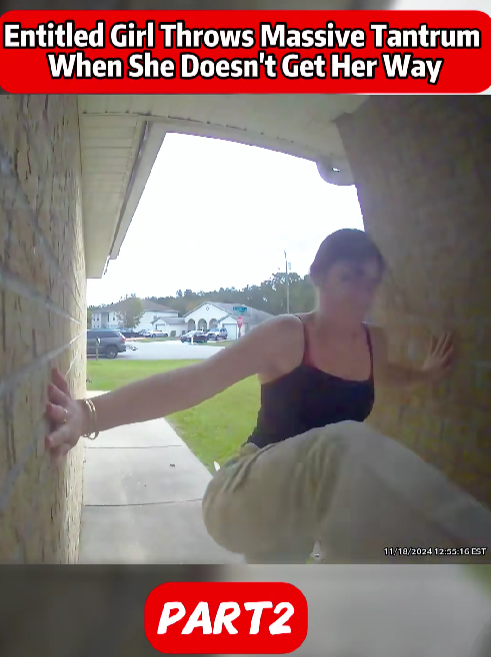500-Word Awareness Article (Facebook-Safe)
A tragic roller coaster accident several years ago sent shockwaves across the world — and it forever changed how amusement parks handle safety. What began as a day of fun for one family turned into a heartbreaking reminder that even the most thrilling rides must be taken seriously when it comes to maintenance, safety checks, and awareness.
The incident, which occurred at Six Flags Over Texas, involved a malfunction during a ride that led to the loss of a beloved mother’s life. The news spread quickly, prompting questions about whether theme park rides are as safe as we believe. In response, Six Flags and other amusement parks across the country began reviewing and improving their safety protocols, sparking widespread reform.
Experts in amusement engineering say that while roller coasters are statistically among the safest attractions, human error, mechanical wear, or improper restraint checks can have devastating consequences if not addressed. After the incident, safety inspectors implemented new regulations to ensure that every harness, track, and car meets the highest safety standards before opening to the public each day.
Amusement rides are complex systems involving physics, hydraulics, and precision timing. Even the smallest issue can lead to dangerous outcomes — which is why today’s theme parks now require routine inspections by certified engineers and daily operational testing before a single guest boards. Many states even passed new laws requiring stricter independent ride audits after the tragedy.
But safety isn’t just the park’s responsibility — visitors also play a crucial role. Experts share several key tips for anyone planning to visit a theme park:
- Always follow instructions given by ride operators. They’re trained to ensure every restraint and seat is properly secured.
- Never ignore height, weight, or health restrictions. These limits exist for a reason — to keep everyone safe.
- Report anything unusual — if a seat feels loose, a harness doesn’t click properly, or a ride seems off, speak up before it starts.
- Teach children safety habits, like keeping arms inside the ride and staying seated until told otherwise.
Since the accident, theme parks across the nation have invested heavily in technology that monitors ride performance in real time. Sensors can now detect even the smallest irregularities in movement or pressure. Many rides are also being redesigned with redundant safety features, ensuring that if one system fails, another automatically takes over.
While no amount of technology can erase the sorrow of that day, it has led to one lasting change — greater awareness and prevention. The incident reminded both companies and guests that behind every thrill and scream of excitement lies a deep responsibility to protect life above all else.
So, the next time you’re at an amusement park, take a moment to appreciate the incredible work that goes into keeping millions safe every year. Because every safety measure, every inspection, and every protocol exists because someone once paid the ultimate price — and their story continues to save lives.











Leave a Reply